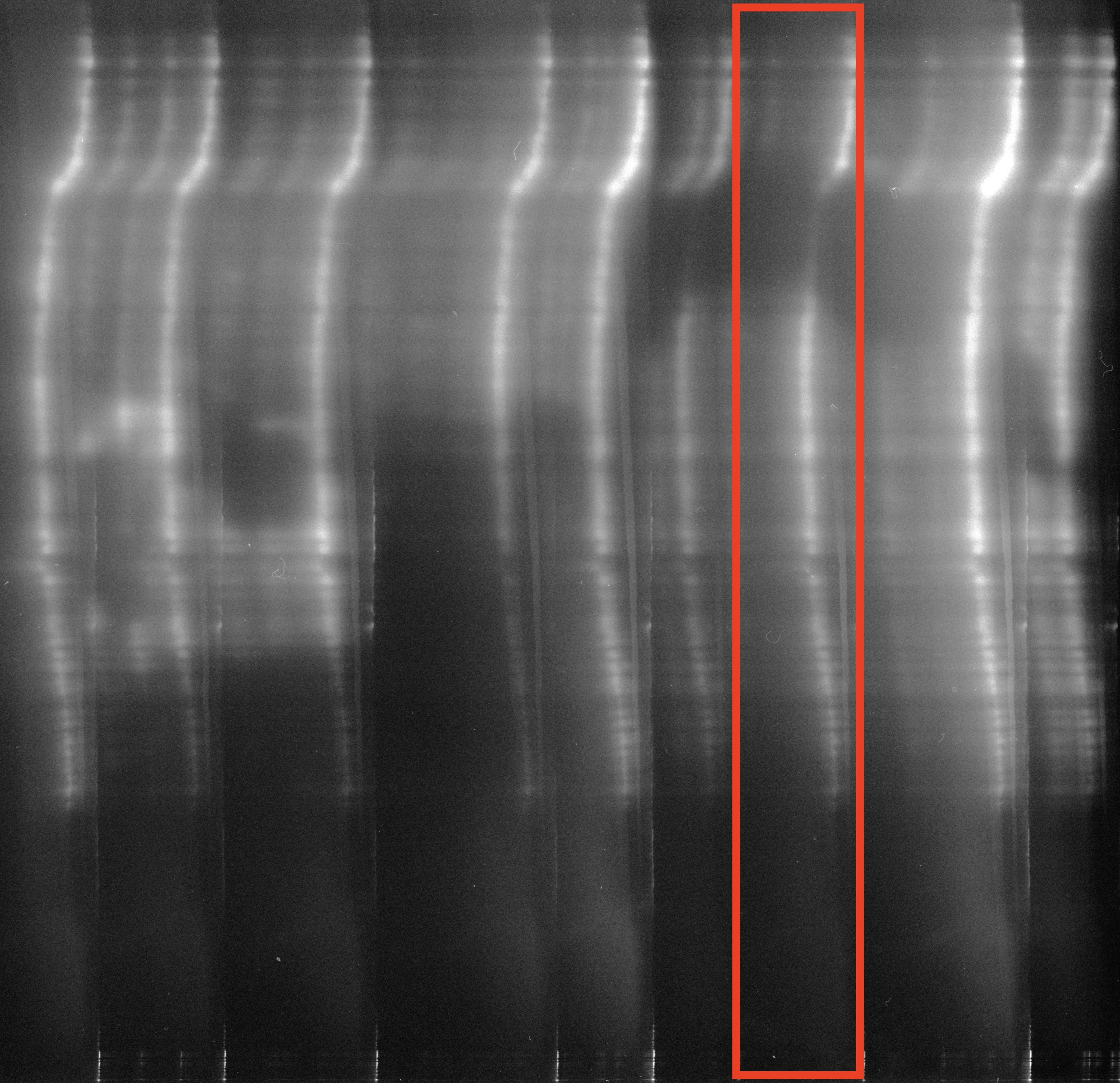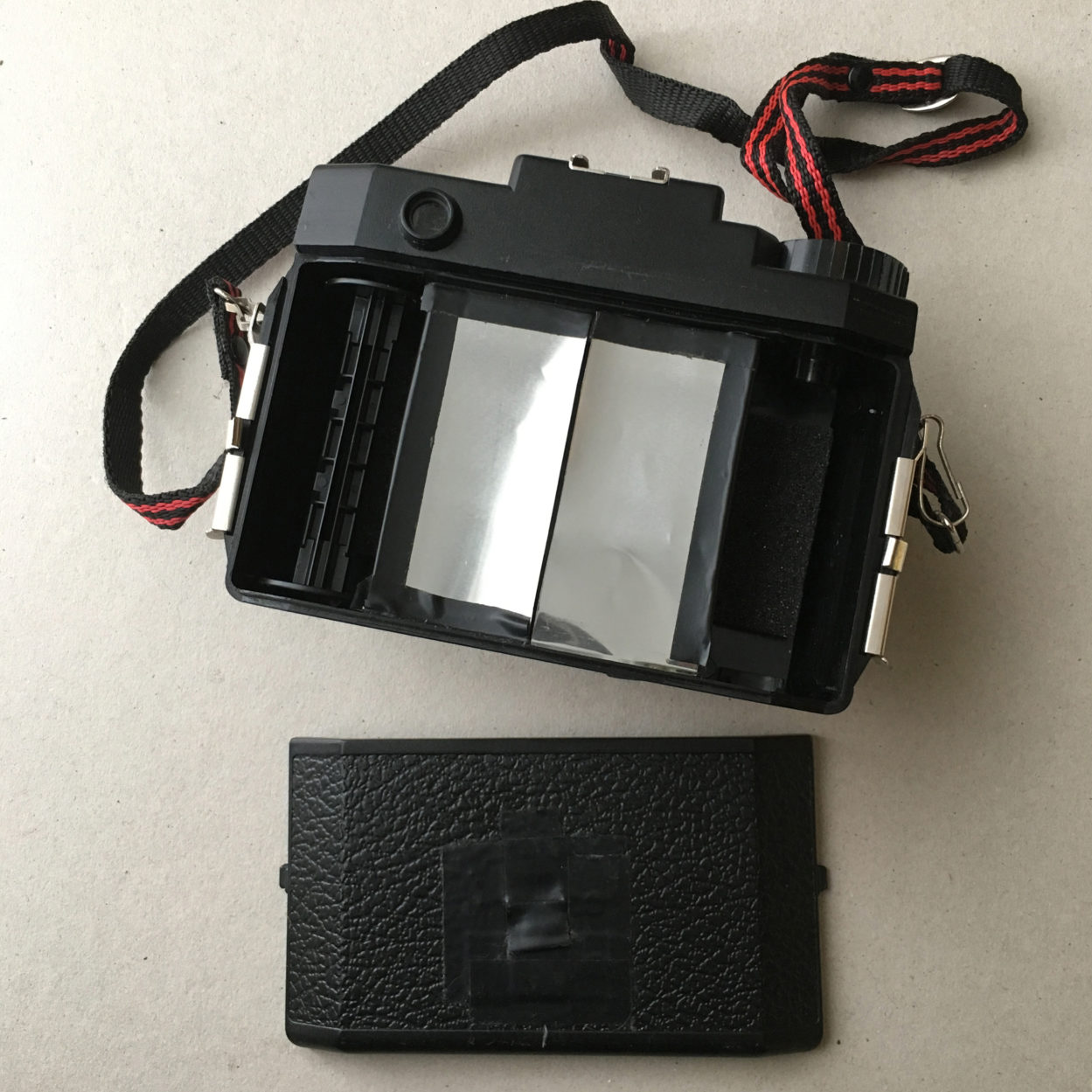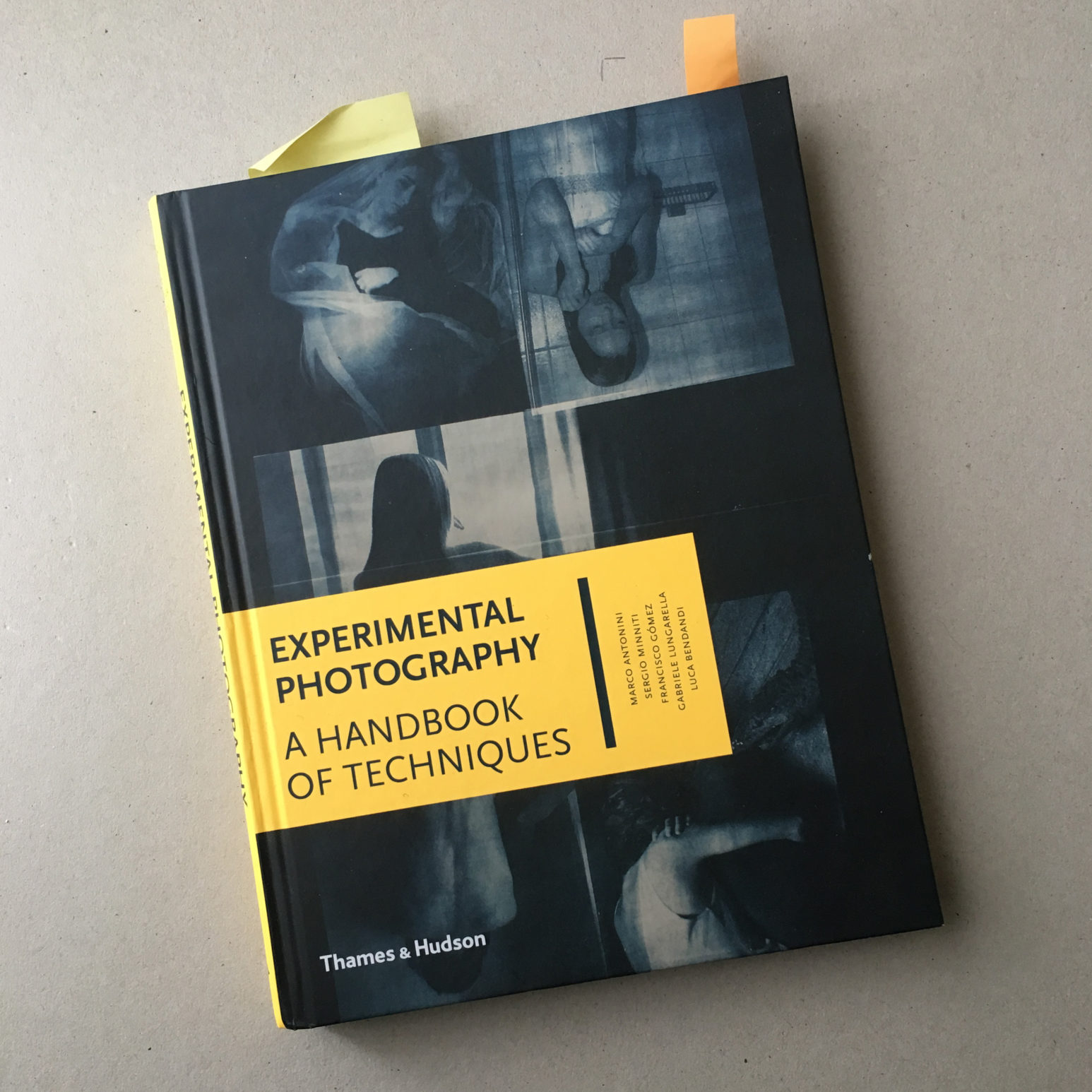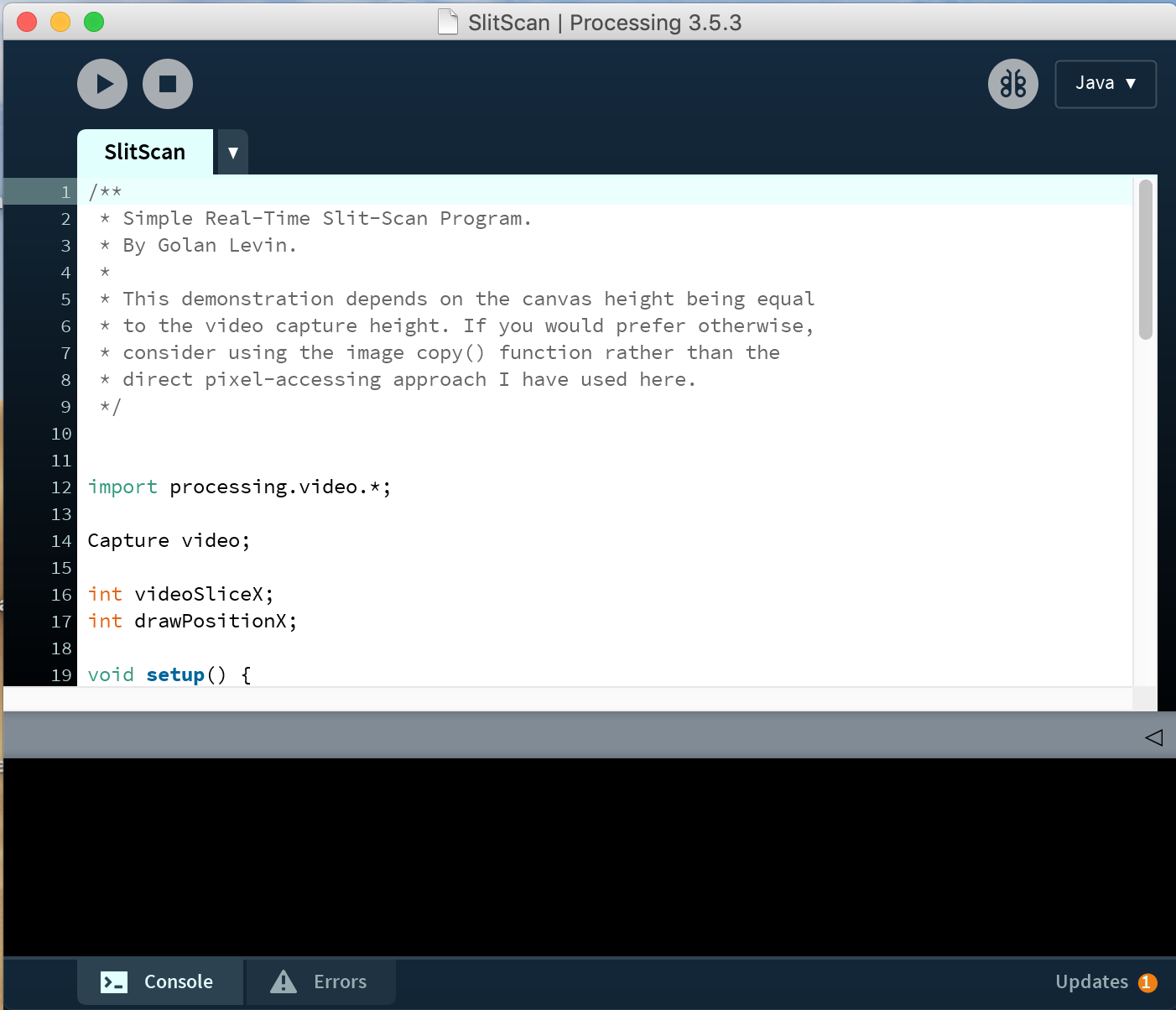
© Tiina Burton - Family portrait 2
Tiina Burton is an artist and lecturer based in Cambridge. Her series of family portrait images were included in the Shutter Hub exhibition Art at the ARB. Tiina examines how art practice can help her understand the world, with a current focus on attention over time. Her processes include analogue recording, making, gathering and curating with a DIY and collaborative ethos. Tiina’s work has been collected and exhibited internationally, including in London and New York, and she has published two books of fine art photography.
We invited Tiina to speak about her slit-scan photography practice at our Everything I Ever Learnt symposium with Art at the ARB at Cambridge University. There was so much interest from the audience, we’ve asked her to share more with everyone, here…

© Tiina Burton – Family portrait 1
The project ‘family portraits’ came about in response to the fascinating work of Dr Muzaffer Kaser at Cambridge University into smart drugs. It is always a rich source of inspiration for me to work collaboratively, especially to be given a topic which I know very little about, extending my knowledge of a subject. Dr Kaser researches how smart drugs might enhance cognitive function, including that of memory. Photography has long been used to capture and help recall memories of those dear to us and I decided to concentrate on portraiture for this reason.
I looked to ways of enhancing this genre, using my family as willing subjects (victims!) I wanted to explore how I could extend the moment of the photograph and also spend more time with my family. Could I show movement in a static work, and how might I do this with analogue photographs? I thought about using long exposures and other similar techniques until I came across slit-scan photography.

© Tiina Burton – Family portrait 2
What is slit-scan photography? Instead of the usual aperture which exposes a frame of the negative, there is a vertical slit-shaped aperture. The film is exposed as it moves past this slit, recording consecutive slices of time. This technology is commonly used in sporting races to see who has crossed the finish line first, and it has artistic uses as well. This process can be analogue or digital. Alternatives include using a moving slit whilst the recorded object is static – for example the moving slit with light of flatbed scanners.

© Tiina Burton – One slice of time
I made some simple modifications to an analogue Holga camera to try this technique. I chose this camera because it’s completely manually operated so there aren’t any electrical parts to get in the way. It’s also very cheap and I didn’t want to damage a more expensive camera. I cut two light-proof sheets to size (black card should work) and held them in place inside the camera using electrical tape. I left a slit between them of approximately 1mm. To test this I used 400 iso medium format black and white film. This has quite a wide exposure latitude as it is difficult to know how much light will enter the camera. To take the photograph I set the shutter to the ‘B’ setting and wound the film along slowly whilst holding the shutter open.

© Tiina Burton – Modified Holga camera
This was very much an experimental process for me and the first time I tried this technique. Not all the photographs worked and some had unexpected results. The cat in this photograph moved too fast and became an interesting abstract blur.

© Tiina Burton – Family portrait, cat
For those interested in learning more I recommend the book Experimental Photography: A Handbook of Techniques – edited by Luca Bendandi. It showcases further techniques for slit-scan photography and three inspiring artists (pp.94-101).

© Experimental Photography: A Handbook of Techniques – edited by Luca Bendandi.
There is also open-source Processing software which is a visual coding program for artists. It comes with slit-scan code by Golan Levin, which uses the webcam attached to your computer to record digital images.


Screenshots of Slit-scan with Processing software
Through experimenting with the process of slit-scan I hope my photographs show more of the personality of the sitters through their movement in time, enhancing the conventional process of portrait photography.

Tiina Burton – Family portrait 3
To find out more about Tiina’s work you can visit her website here, and her Shutter Hub portfolio here.
Not a Shutter Hub member yet? Join here for opportunities to promote your work online and in exhibitions, access selected opportunities, events, seminars and workshops, meet up and share photographic experiences, and become part of our growing community…
Shutter Hub are dedicated to only sharing content that we feel is relevant and of interest to our readers. For full details and our disclaimer please refer to our Terms and Conditions here.


